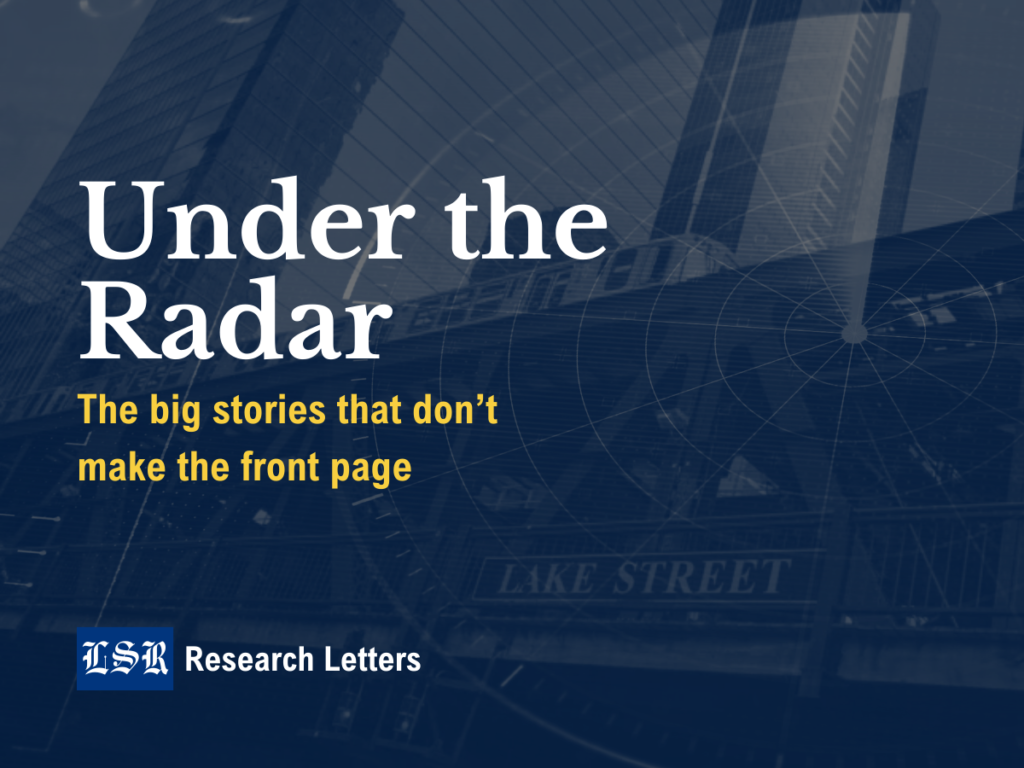The financial derivatives mafia descends upon India
Story: You may remember a scene in “The Big Short” where the two “garage band hedge fund” guys – whose names are escaping me – have to go to a GMO-phobic Brad Pitt for assistance in their bet against the housing market. They ask him for permission to use his “ISDA” to play in the big leagues. “ISDAs” are standardized contracts for financial derivatives created and maintained by the International Swaps and Derivatives Association. An association of investment bankers making the rules by which other investment bankers both manage risk and speculate. What could go wrong.
- India’s economy is growing – now getting close to 8 percent of global economic production (GDP) – and ISDA wants a piece. That piece will take the form of massive consultation and legal fees. In the finance world, it’s basically impossible to implement a new set of standards for less than a few million dollars.
- Anyway, they announced such intentions by releasing a whitepaper with a bunch of fun recommendations that will conveniently require a great deal of consultation from ISDA. “India is forecast to become the world’s third largest economy by 2030, yet the OTC [Over the Counter] derivatives market remains small… the average daily turnover of interest rate derivatives accounted for just 0.1 percent of the overall global market in 2022”.
- And they seem to be doing just fine without a huge exposure to derivatives, but this is most likely going to happen. If American and British banks want to trade OTC derivatives with India’s financial sector, the right dollar amounts will find the right government officials and they will get their way.
- People take Warren Buffet’s dictum that derivatives are “financial weapons of mass destruction” far too seriously. They’ve existed in one form or another since the Medici family dominated Europe’s financial system in the 1300s. Like anything else, there are benefits and costs. The benefit is that intelligent people can and do use them to manage risk. Whether the risk is that interest rates rise or crop prices fall, there’s a derivatives contract that can help The cost is that they can be used to place outsized bets, and create an illusion among market participants that all of their risk has been managed away.
Signal: This is bullish (‘number go up’) for India’s stock and bond markets… at a 5-7ish year time horizon. The buildout of the derivatives infrastructure itself will take at least three years, but once it’s there, the existence of that infrastructure will encourage investment funds to increase their allocation to Indian financial assets. Having an extensive variety of swaps and forwards lulls institutions into a somewhat false sense of security and encourages them to “lever up” their exposure to a given market.
Indian vs US Stock Index returns, 5 year history

NIFTY 50 India Stock Index: 90.02, NIFTY 50 Adjusted for currency: 59.24,
Dow Jones Industrial Average: 44.07
One mirror image of large foreign investment flows is relative stock market performance. India’s NIFTY 50 index has already outperformed the US Stocks, even after adjusting for depreciation in the Rupee against the dollar, since August 2022. We expect the business media to keep pumping the surplus growth narrative until it’s flashing bright red on the radar, as was done with China in the early 2010s and with the East Asian Tigers in the mid-90s. If that occurs, foreign investment will beget foreign investment.

